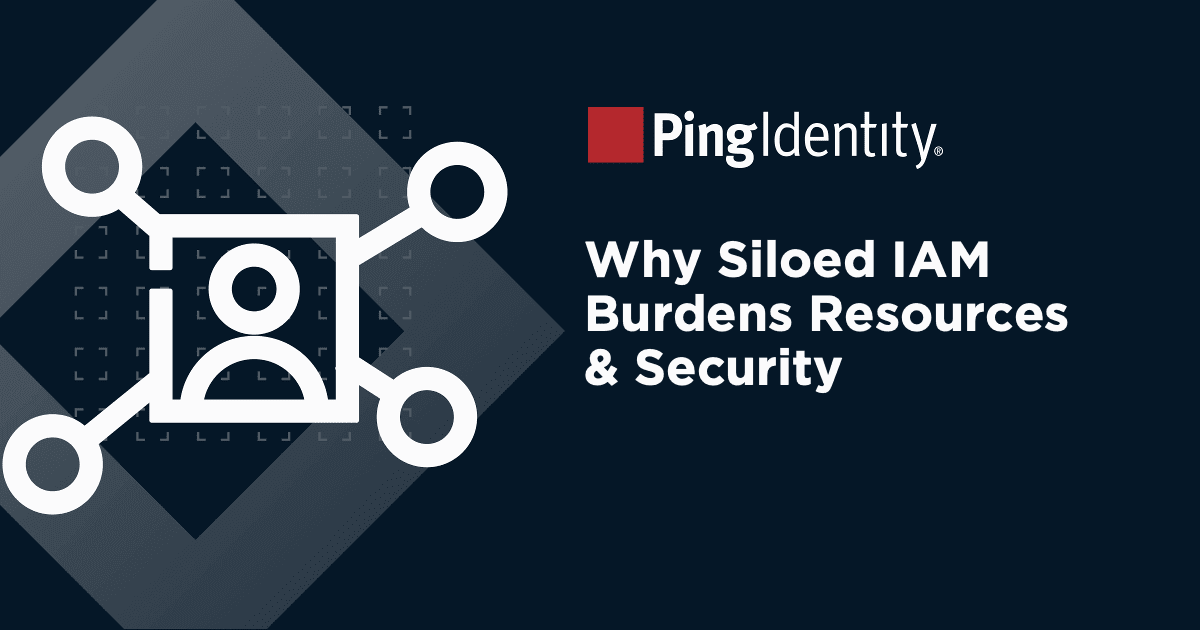Differences, Benefits, and Disadvantages of Hybrid IT and Hybrid Cloud
Organizations are rapidly adopting hybrid IT and hybrid cloud architectures. In fact, Gartner predicts that spending on public cloud services in 2021 will total more than $304 billion. And, as it pertains to identity and access management (IAM), Verified Market Research projects that, by 2027, the market for cloud-based IAM will be more than $14 billion.
With these significant numbers in mind, let’s review the differences between hybrid IT and hybrid cloud as well as the benefits and disadvantages of each.
The Difference Between Hybrid IT and Hybrid Cloud
Here are simple definitions of hybrid IT and hybrid cloud.
- Hybrid IT: A type of IT architecture that consists of infrastructure, applications, and services located on premises within an enterprise data center, as well as one or more private cloud(s) and public cloud(s).
- Hybrid Cloud: A type of IT architecture that consists of applications, services, and systems located in private cloud(s) and public cloud(s).
Put another way, Gartner defines hybrid cloud as “a cloud computing service composed of some combination of private, public, and community cloud services, from different service providers.”
Note that the main difference between hybrid IT and hybrid cloud is the on premises data center component. However, if an on-premises environment is running as a cloud service within an enterprise’s data center, then it would be considered private cloud.
Importantly, a hybrid IT architecture is a superset of hybrid cloud. Meaning hybrid IT may contain a hybrid cloud environment(s) within it.
Benefits of Hybrid IT and Hybrid Cloud
With a hybrid IT architecture you get to choose which environment to use for specific applications. You can leverage the data residency, privacy, and control of on-premises architectures as well as the agility, flexibility, and scalability of cloud computing that best suits your organization.
With on-premises environments, you have complete control over data within the confines of your data center. You determine what data is private and on which physical servers it should reside. You can also parse data needed for certain applications and can even limit data to certain servers that have special cryptographic hardware.
On the flip side, for applications that do not need an extreme level of security and control, running them in a cloud environment is a better option. The flexibility and agility of the cloud allows you to create and use server instances dynamically as needed. This frees you from investing in large data centers, from spending money to keep excess capacity on hand for sudden growth, and from waiting for weeks and months for new hardware to start any new projects.
Cost savings is another benefit of hybrid IT and hybrid cloud. You realize these cost savings as you reuse investments already made in your existing on-premises infrastructure, and only pay for the capacity you use with cloud.
Disadvantages of Hybrid IT and Hybrid Cloud
While the benefits above are significant enough to drive the majority of enterprise organizations to adopt hybrid IT and hybrid cloud, there are disadvantages. A major downside is that hybrid IT and hybrid cloud architectures typically consist of multiple separated environments and a combination of home-grown, legacy, and modern IAM systems. However, on-premises IAM systems don’t have the capabilities to meet cloud environment requirements, and cloud-based IAM systems don't have the capabilities required to secure on-premises environments.
Disjointed on-premises and cloud-based IAM results in siloed identities. This makes it difficult to identify and monitor high-risk user access enterprise-wide. Unknown risk awareness can lead to potential data breaches, fines and other financial consequences, as well as reputational damage. Additionally, multiple disjointed IAM systems can hinder the ability to provide seamless user experiences, innovate, and move at the speed of business.
If you want your organization to be successful in today’s fast-paced, highly digital world, it’s critical to address these risks. How do you do that?
With hybrid IAM. Hybrid IAM is a single IAM platform capable of running, managing, and unifying digital identities across on-premises and cloud environments with hybrid IT.
In our next IAM 101 Series blog post, we’ll cover the basics of hybrid IAM. Until then, learn more about how the ForgeRock Identity Platform can be used flexibly within any deployment model: on premises, any cloud, and as-a-service.


